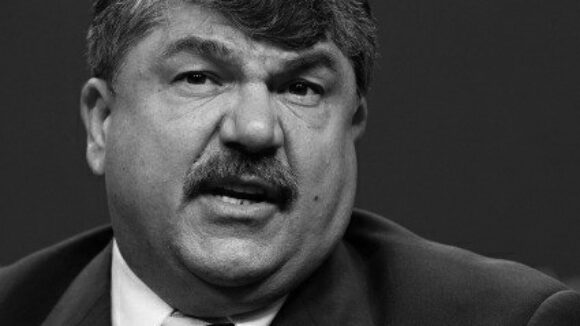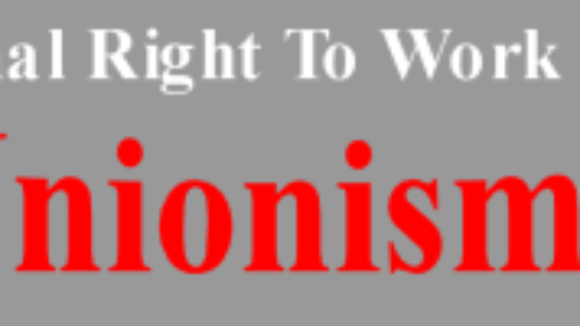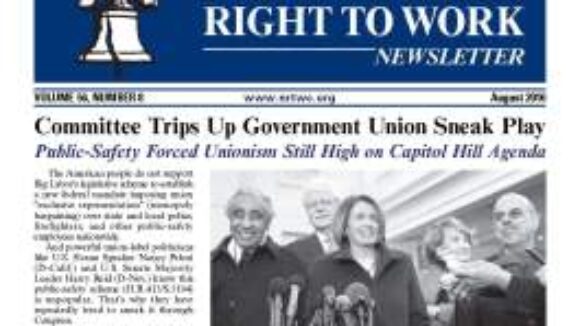Washington Post: State Worker Bailout Motivated by Politics
The Washington Post argues that Washington bailouts for state union workers reinforces dependency on the feds and is a political handout to their Big Labor constituency. It's not often we agree with the Post but in this case they are right: TO GOVERN is to choose, and nothing lays bare a government's true priorities like the choices it makes about spending taxpayers' money. In that regard, the Senate's decision to spend $10 billion on education jobs this week is revealing -- and deeply discouraging. The crusade for an education jobs bill, led by the Obama administration and Democratic leaders in Congress, has always struck us as more of an election-year favor for teachers unions than an optimal use of public resources. Billed as an effort to stimulate the economy, it's not clearly more effective than alternative uses of the cash. Yes, school budgets are tight across the country, but the teacher layoff "crisis" is exaggerated. In fact, as happens each year, many teachers who got pink slips in the spring have been notified that they'll be hired after all. Many layoffs could have been -- and indeed have been -- avoided by modest union concessions. As of last school year, the money for 5.5 percent of the 6 million K-12 jobs nationwide came from Washington through the 2009 stimulus; the new money reinforces this dangerous dependency.



